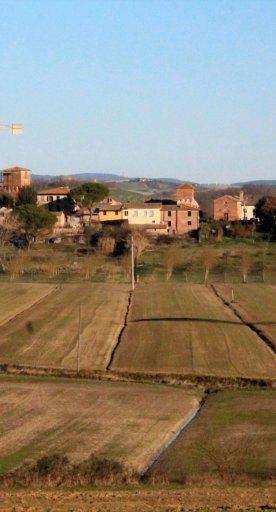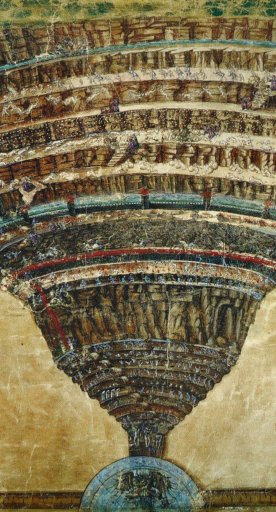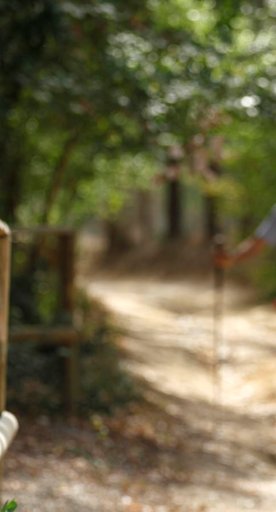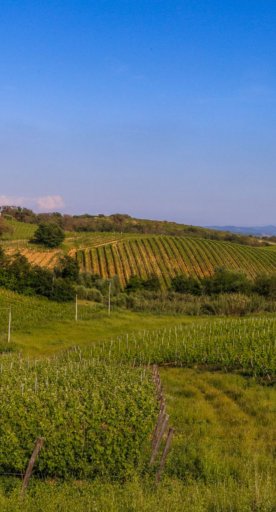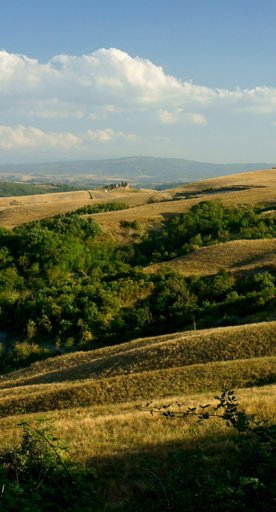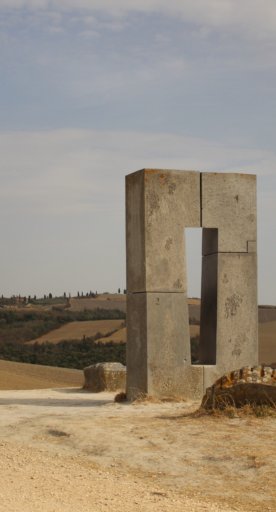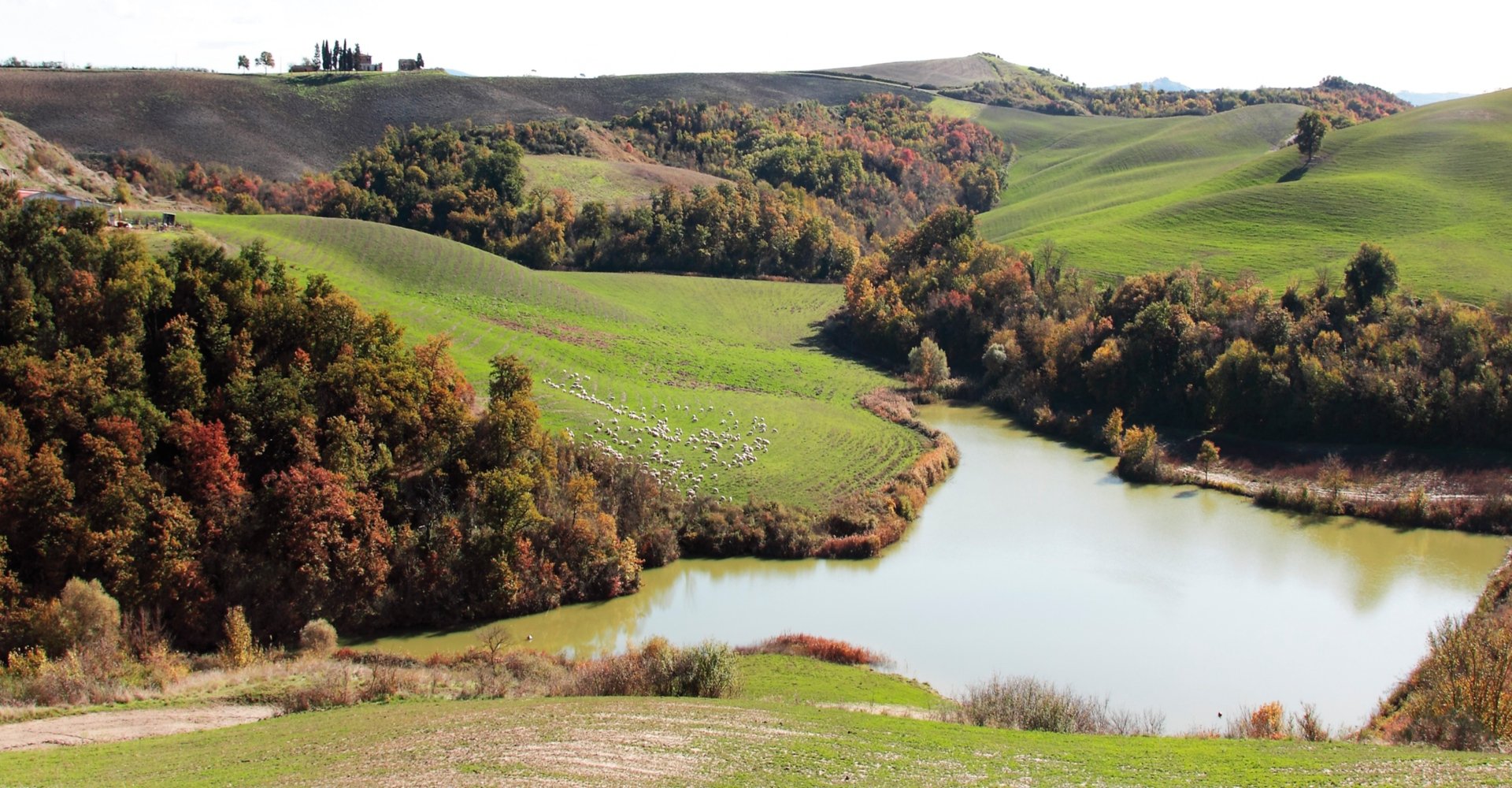
Monteroni d'Arbia
In the Crete Senesi area, crossed by the Via Francigena
The development of Monteroni d’Arbia is inextricably linked to the Via Francigena trail, and both the village and its wider area have, over time, become a key stopping point for pilgrims passing through Siena.
The town is, after all, an ideal gateway to the entire southern province of Siena, an area of vast natural and artistic value which has become unique due to pilgrim travels.
What to see in Monteroni d’Arbia
Right in the heart of the village is a water mill dating back to the 14th century which was used to supply wheat and flour for the entire area; there’s substantial evidence to prove that, in highly active periods, the mill produces 8 tons of wheat per day.
Several of the countryside’s details perfectly underline the close relationship between history and nature in this part of the area. This is especially present in the Grancia of Cuna, considered the best conserved ruins of a fortified medieval farm, built in 1224 by the municipality of Siena and the Hospice of Santa Maria della Scala on top of a former 12th-century hospice. Large and still perfectly conserved, the complex consists of a small walled village and a fortress-farm overlooking the square, which can be reached by passing the entrance tower. Outside the fortified centre stands the small Church of Santi Jacopo e Cristoforo, from 1314. Not far from there is the Parish Church of Corsano – in the typical Romanesque style – founded in the 11th century and dedicated to St. John the Baptist.
Right in the heart of the village is a water mill dating back to the 14th century which was used to supply wheat and flour for the entire area; there’s substantial evidence to prove that, in highly active periods, the mill produces 8 tons of wheat per day.
Several of the countryside’s details perfectly underline the close relationship between history and nature in this part of the area. This is especially present in the Grancia of Cuna, considered the best conserved ruins of a fortified medieval farm, built in 1224 by the municipality of Siena and the Hospice of Santa Maria della Scala on top of a former 12th-century hospice. Large and still perfectly conserved, the complex consists of a small walled village and a fortress-farm overlooking the square, which can be reached by passing the entrance tower. Outside the fortified centre stands the small Church of Santi Jacopo e Cristoforo, from 1314. Not far from there is the Parish Church of Corsano – in the typical Romanesque style – founded in the 11th century and dedicated to St. John the Baptist.
Nearby
The town is surrounded by the Siena area, a stunningly beautiful area with its incredible valleys filled with woods and clay, with its characteristic rows of vineyards and rolling hills of olive trees. We also recommend taking a visit to one of the nearby villages of Sovicille and Murlo.
Just beyond Monteroni is the small town of Lucignano d’Arbia, home to origins of a fortress, with its two 14th-century towers and large medieval tower (which was later transformed into the Romanesque church’s bell tower).
Leg 34 of Via Francigena passes through Monteroni d’Arbia, going from Siena up until Ponte d’Arbia.
The town is surrounded by the Siena area, a stunningly beautiful area with its incredible valleys filled with woods and clay, with its characteristic rows of vineyards and rolling hills of olive trees. We also recommend taking a visit to one of the nearby villages of Sovicille and Murlo.
Just beyond Monteroni is the small town of Lucignano d’Arbia, home to origins of a fortress, with its two 14th-century towers and large medieval tower (which was later transformed into the Romanesque church’s bell tower).
Leg 34 of Via Francigena passes through Monteroni d’Arbia, going from Siena up until Ponte d’Arbia.
Events
From the end of August until mid-September every year the traditional Fiera a Tressa is celebrated in Ponte a Tressa, a hamlet of Monteroni d’Arbia. Events dedicated to good food and historic traditions of the Terre di Siena are put on for two weekends.
From the end of August until mid-September every year the traditional Fiera a Tressa is celebrated in Ponte a Tressa, a hamlet of Monteroni d’Arbia. Events dedicated to good food and historic traditions of the Terre di Siena are put on for two weekends.
Local products
The most renowned and prestigious of the area’s typical products are the cured meats with their incredible and delicate flavour, made from Cinta Senese DOP pork. The exqusite Chianina ox is also bred here, being one of the most important and famous in Italy.
Among the products which most represent the area’s traditions are the Chianti Colli Senesi DOCG – and DOCG Riserva – and the Vin Santo DOCG, produced and aged according to the Chianti Consortium’s rules and regulations.
The most renowned and prestigious of the area’s typical products are the cured meats with their incredible and delicate flavour, made from Cinta Senese DOP pork. The exqusite Chianina ox is also bred here, being one of the most important and famous in Italy.
Among the products which most represent the area’s traditions are the Chianti Colli Senesi DOCG – and DOCG Riserva – and the Vin Santo DOCG, produced and aged according to the Chianti Consortium’s rules and regulations.
